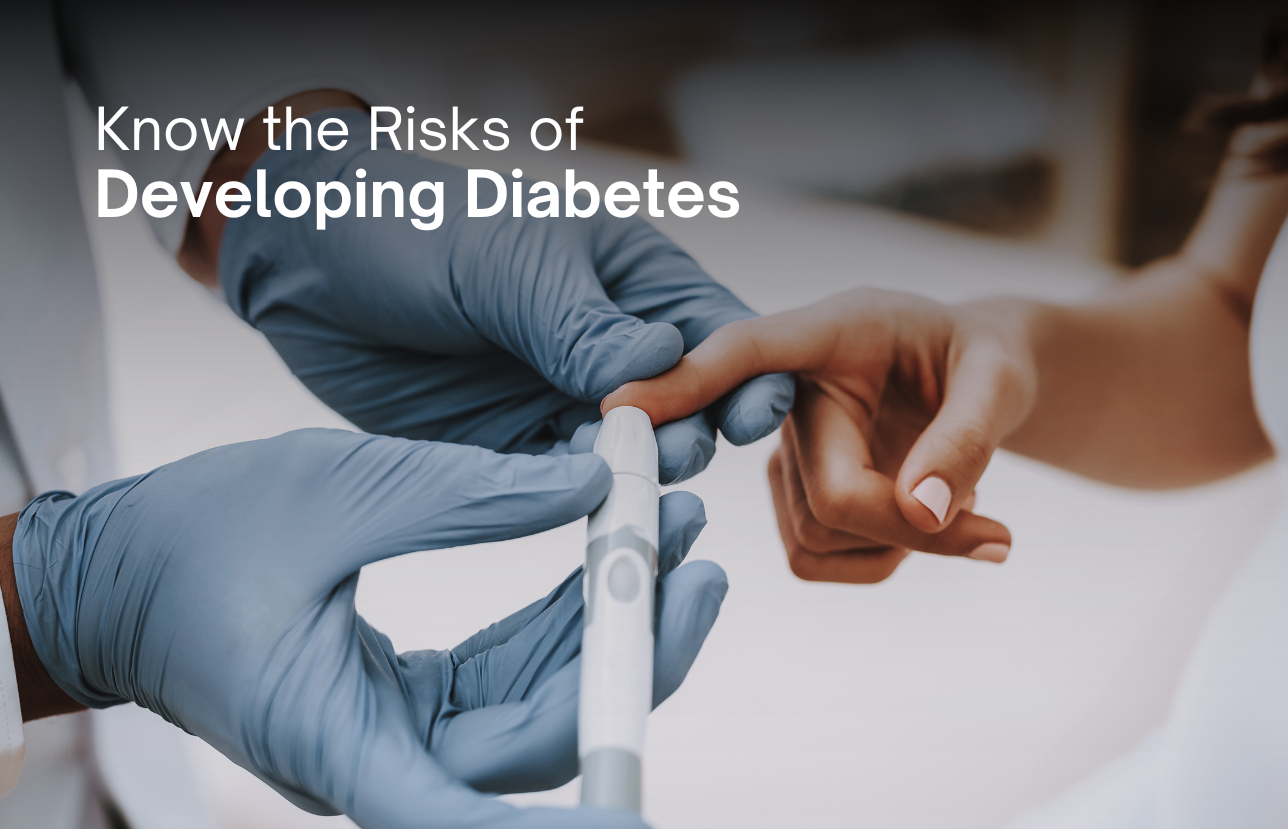It’s a time to learn about what diabetes is, know the risks of developing diabetes, and how to manage this condition. There are three types of diabetes: type 1, type 2, and gestational (during pregnancy). Type 2 diabetes is the most common type of diabetes. It develops in people over the age of 45 and about 25% of older adults have this long-lasting condition.
What is type 2 diabetes?
Diabetes is a long-term health condition that affects how your body takes in food sugar (glucose). This sugar enters the bloodstream and is let into cells that use blood sugar for energy. There is a hormone that lets the blood sugar into cells called insulin. Insulin is released by the pancreas, which is an organ located behind the stomach.
Type 2 diabetes is when the body’s cells don’t respond normally to insulin. This is called insulin resistance. When cells don’t respond to insulin, the blood sugar in the body rises. High blood sugar is harmful to the body and can lead to other health problems such as kidney disease and vision loss.
Risk factors for type 2 diabetes. You are at risk of developing type 2 diabetes if you:
- Have prediabetes
- Are overweight
- Are 45 years or over
- Have an immediate family member with type 2 diabetes
- Are not physically active
- Have ever had gestational diabetes (diabetes during pregnancy) or given birth to a baby over 9 pounds
- Are African American/Black, Hispanic/Latinx, or Native American/Alaska Native
Prediabetes is a health condition where your body’s blood sugar levels are higher than normal, but not high enough to be diagnosed with type 2 diabetes. To find out if you have prediabetes or type 2 diabetes, you can get tested for diabetes.
Preventing type 2 diabetes
If you have prediabetes, you can prevent type 2 diabetes. This is by making lifestyle changes to reverse your prediabetes, which includes:
- Looking over what you eat and how often you exercise.
- Setting a weight loss goal. Being overweight is one risk factor for type 2 diabetes.
- Creating a nutrition plan for healthier eating. This includes eating healthy foods in the correct portion sizes.
- Setting a fitness goal to keep moving.
If you have already been diagnosed with type 2 diabetes, making lifestyle changes like the ones above can help you manage your condition. You may also have to take certain medications and check your blood sugar to prevent serious diabetes complications.
Have questions? Reach out to our Clinics and make an appointment to speak with a doctor. Schedule your appointment today!





